Nathaniel Vallois reviews violinist Nigel Kennedy’s first book of compositions

Songs My Mother Never Taught Me
Nigel Kennedy
48PP ISBN 9798350138382
Chester Music / Hal Leonard £15.50
This intriguing volume consists of arrangements for violin and piano of the five ‘Dedications’ from Nigel Kennedy’s 2017 album My World, each one a homage to musicians he holds dear. In the original orchestrated version, the sinuous melodies course through a wide spectrum of musical genres and ingeniously enmeshed idioms – classical Indian, shades of jazz and pop, bittersweet ballads and splashes of rock. Those familiar with the album might have been hooked by its eclectic, boundary-erasing sound worlds and the colourful patchwork of instrumental variety is one of its main charms. However, in this duo incarnation, the richness of this palette is very diluted and the slightness of the compositions is exposed. For all their gently touching charm, without the intricacies of the orchestration the pieces unfold in extended reiterations of the melodies, shorn of the layers of sound and texture that originally enhanced them.
What should put more meat in the music are the passages given to improvisation. Most often, these are designed for the violinist to evolve over a rhythmic riff in the piano over anything from four bars to much more extended stretches of, say, 24 or 31 bars. Indeed, the element of improvisation is key to the conception of the volume and is the focal point of Kennedy’s introduction. It’s a pity that Kennedy can’t resist a whiff of smugness and a rather facile provocative vein, because he really has important things to say about the vital place improvisation should have in one’s musical development. I absolutely recognise the limitations he identifies in the training of classical musicians; improvisation undoubtedly should be fostered far more than it is.
Generally, however, the way the improvised element is presented in these arrangements may not be helpful to a novice or even the merely inexperienced: besides a few very specific indications there is little beyond a harmonic framework or some suggested scales. Presumably Kennedy has wanted to leave a fairly blank canvas for creative space, and skilled improvisers will be able to navigate this. For most players approaching this, however, some clarification and elaboration – such as pointers to manage chord structures and coordination with the piano – would have been valuable.
Watch: A 1992 TV profile of Nigel Kennedy
Read: Nigel Kennedy: ‘Critics were pretending I was playing out of tune because I’d sold a few records’
The actual technical demands are well considered. They are overall not too arduous, although to be able to play them comfortably and with expressive engagement requires a good level of accomplishment. The last piece, the effervescent Gibb It, calls for virtuoso facility, and in this format is probably the most conducive to performance.
The questions I am left pondering are: who, and to what purpose, are these pieces best suited to? Are these arrangements to be performed? Musically they seem too slight. Do they have an educational slant, to ignite an interest in improvising? I have the reservations mentioned above. Or are they for private entertainment, at-home playing among friends with an element of jamming? I think they are best suited for such a setting and although the content is rather thin, the melodies have an appeal that lingers and may provide a springboard for stimulating musical explorations.
NATHANIEL VALLOIS


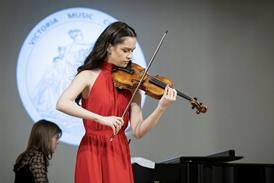



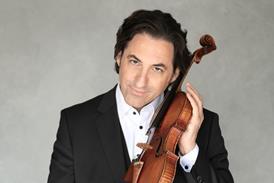
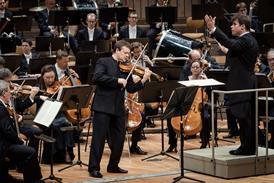


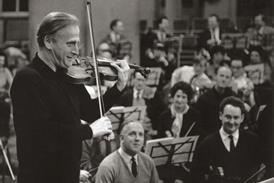

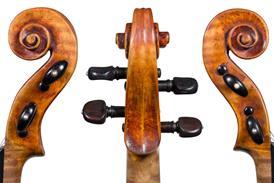

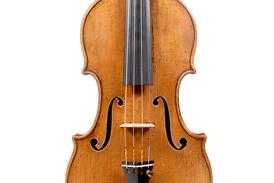





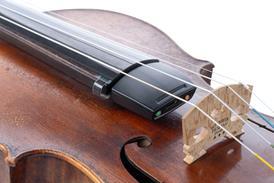

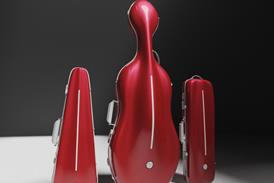












No comments yet